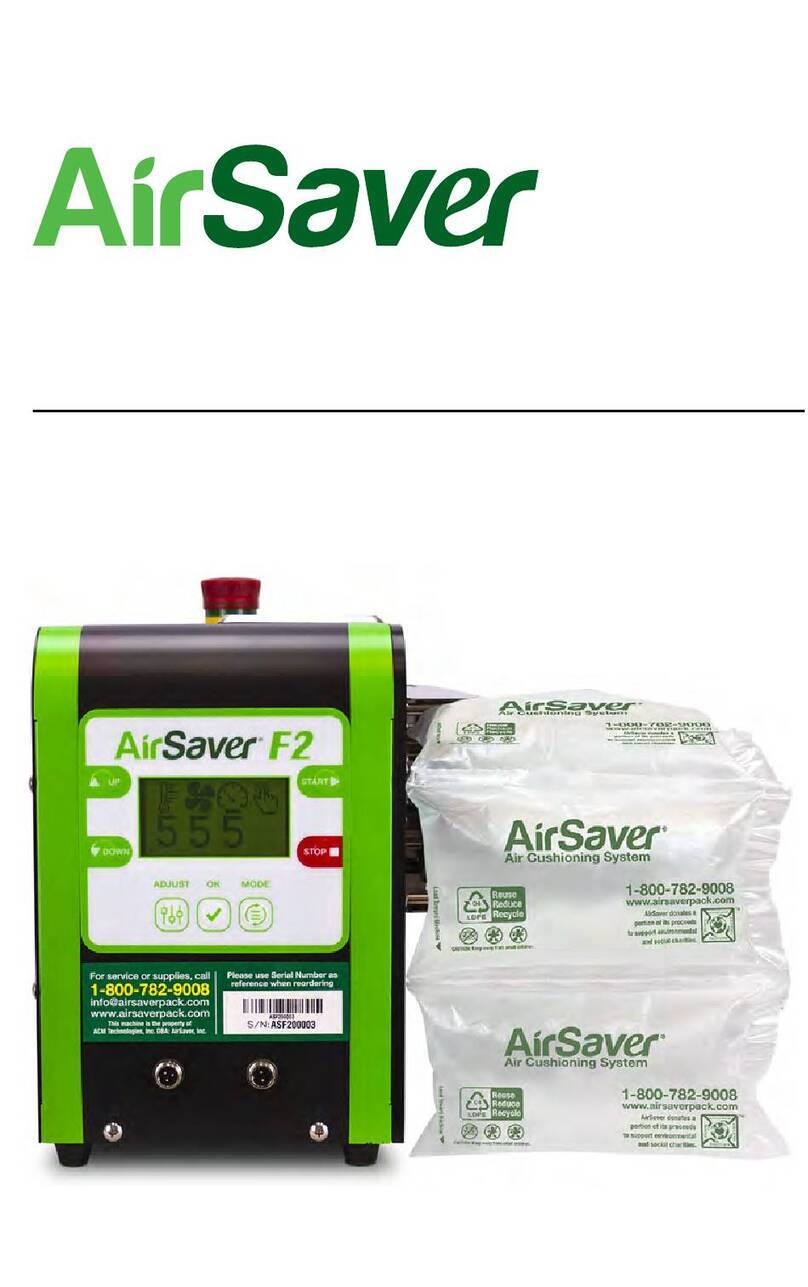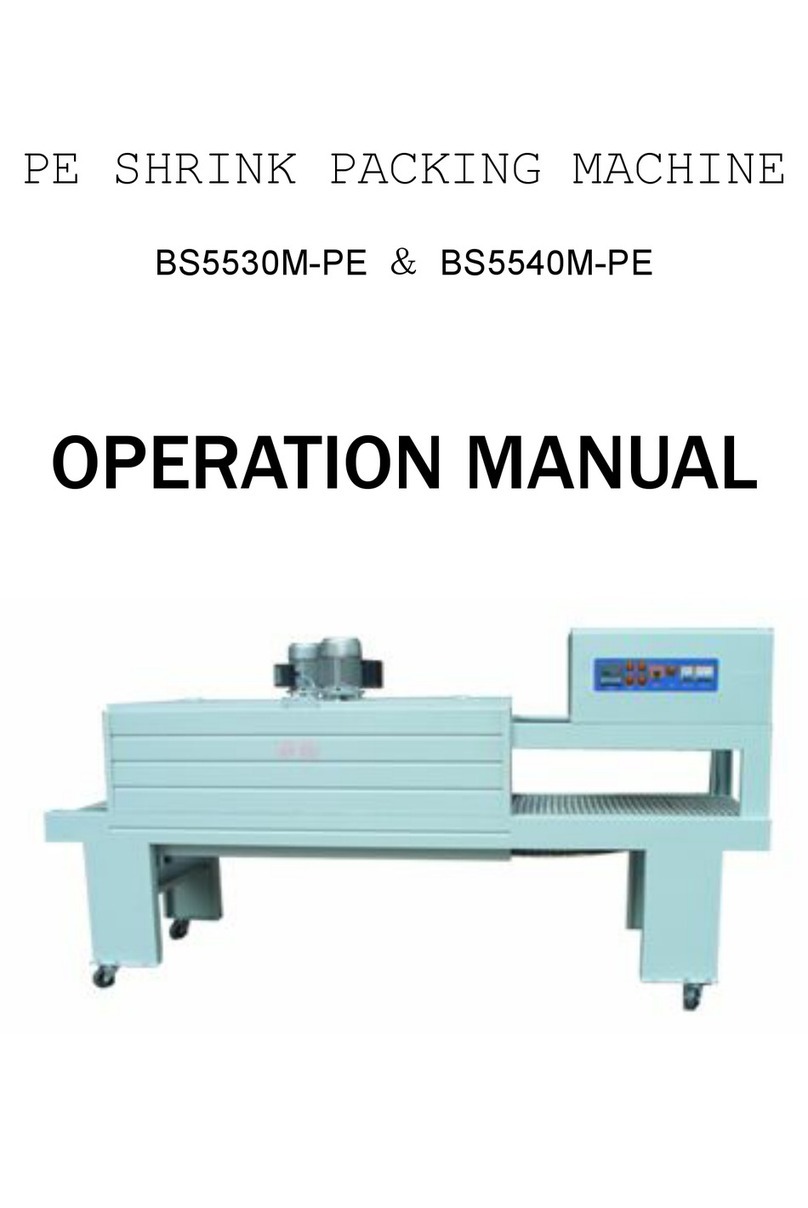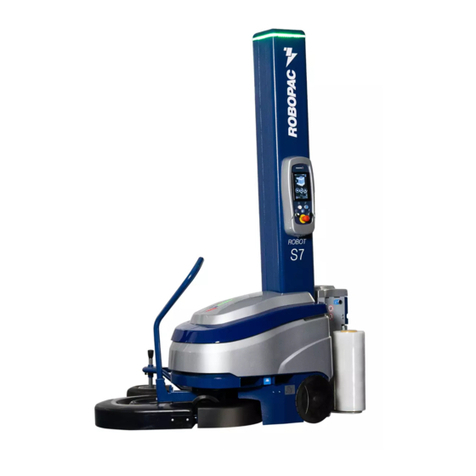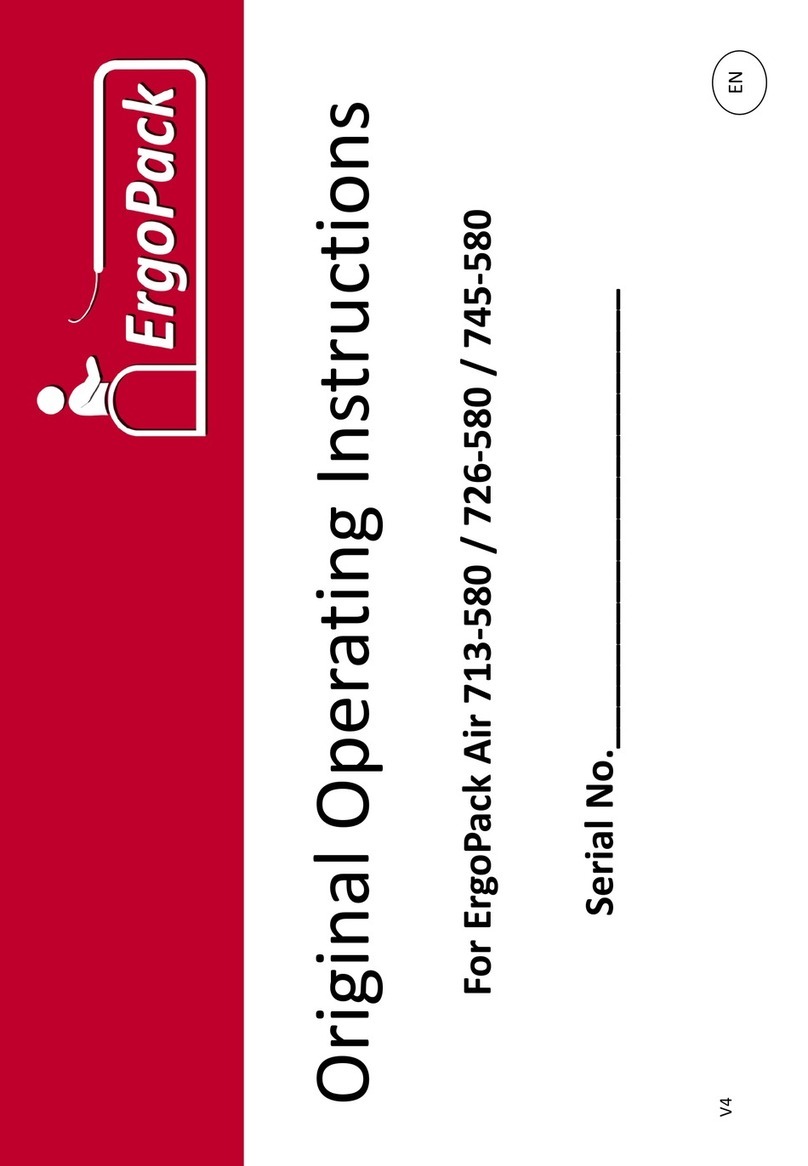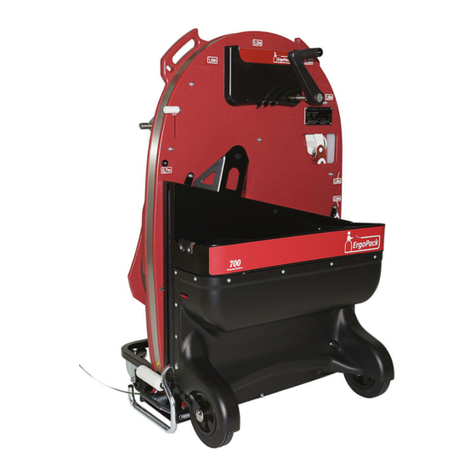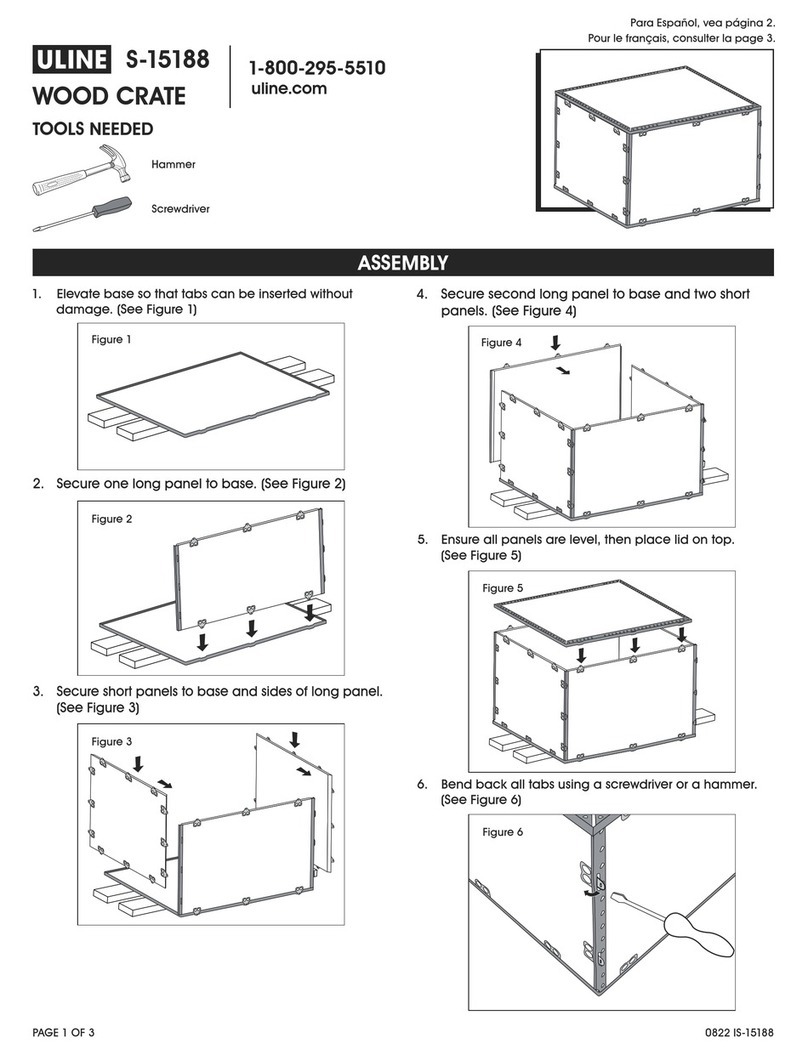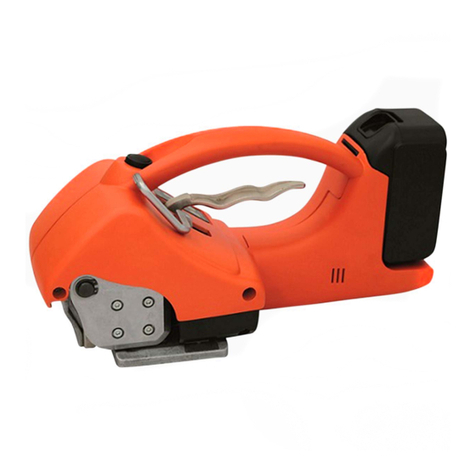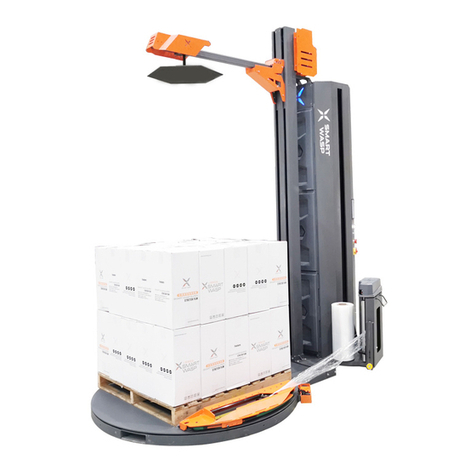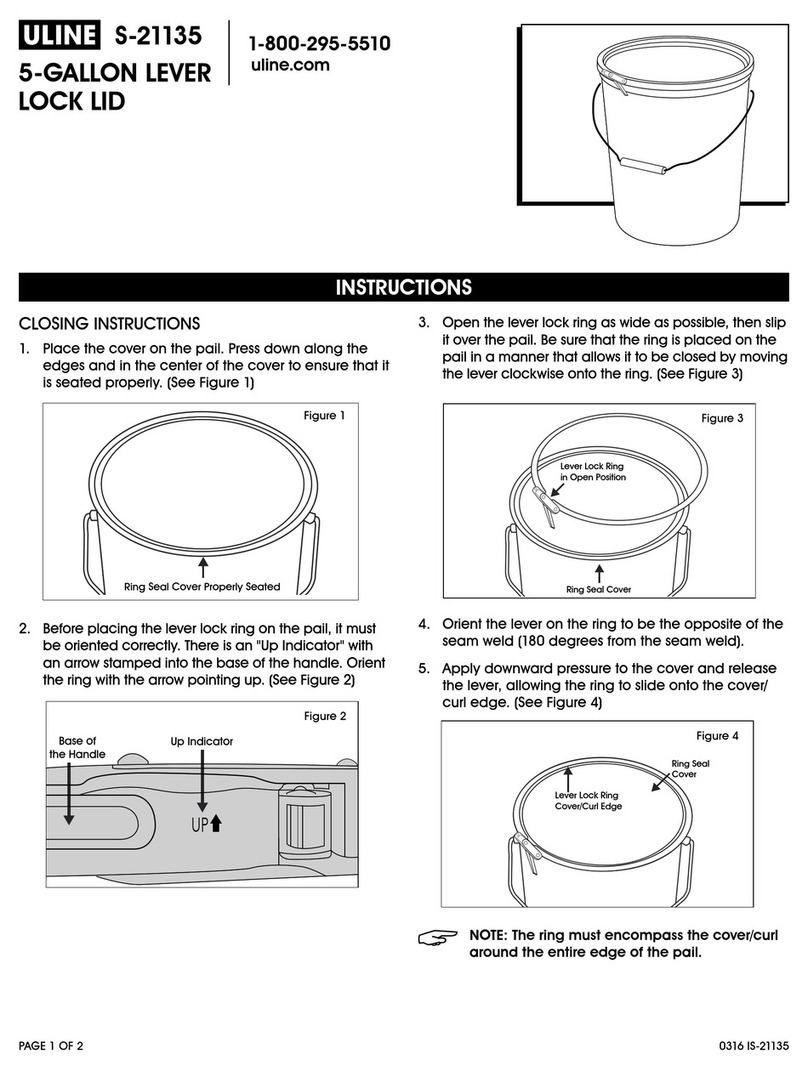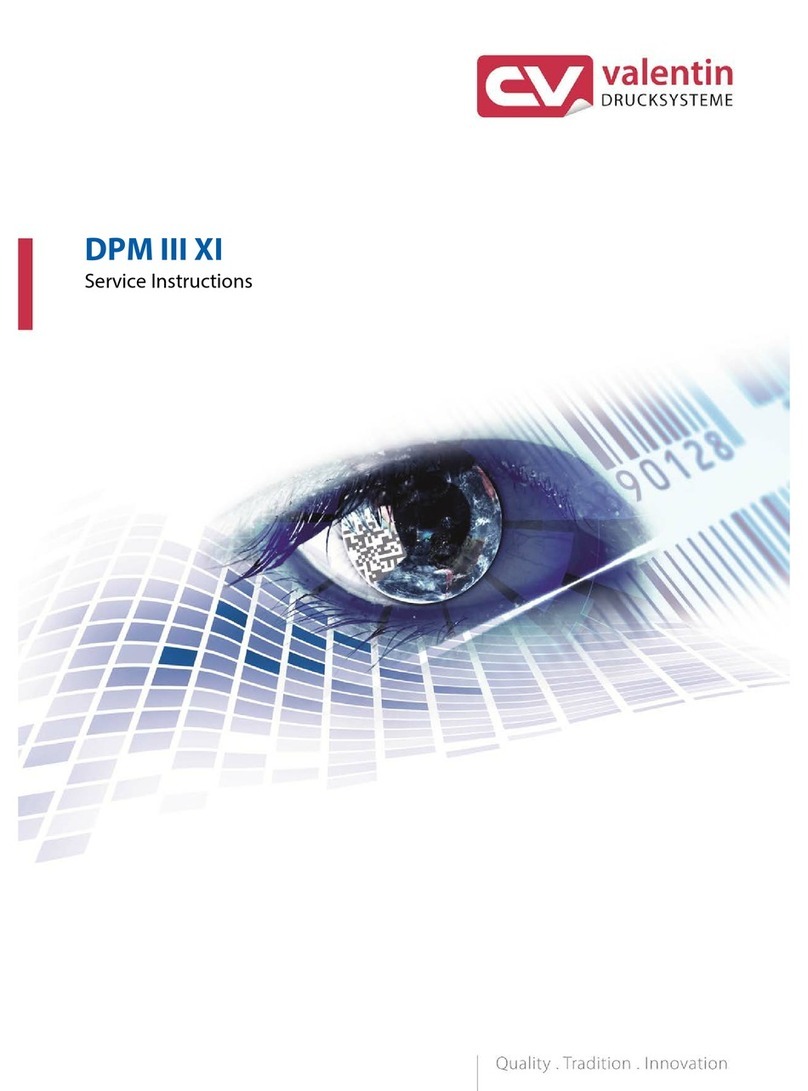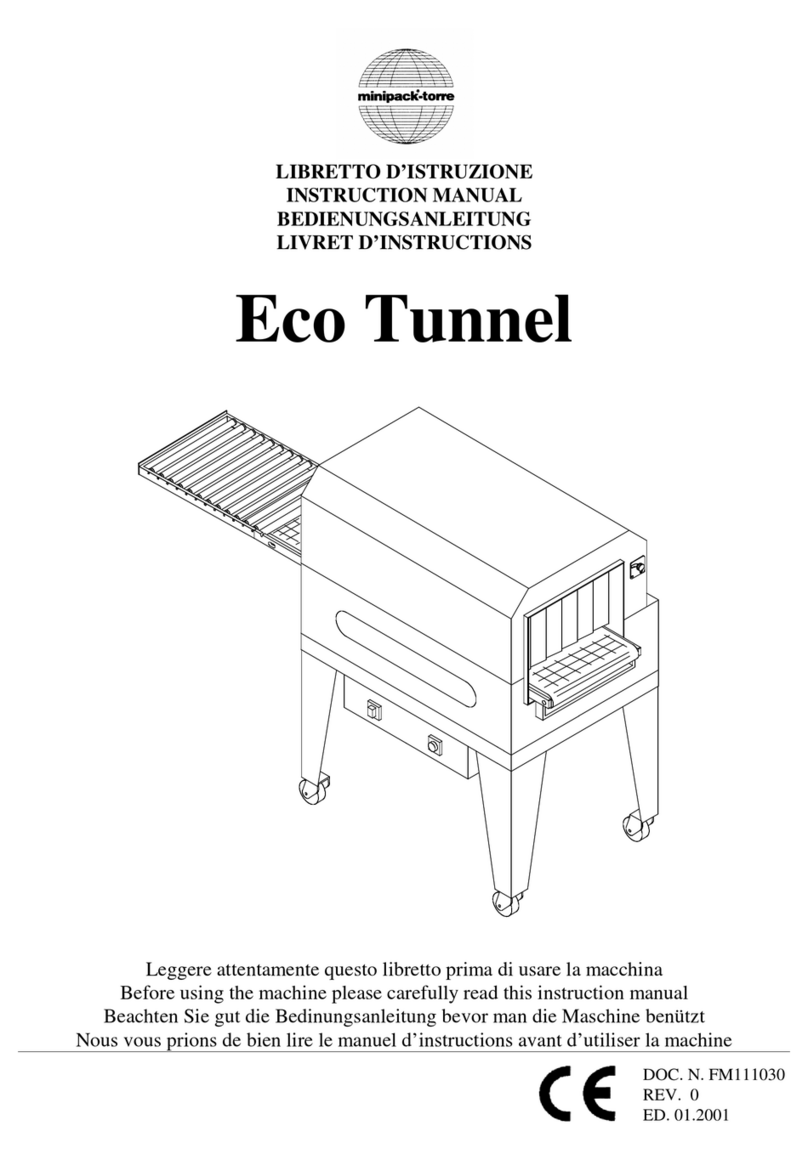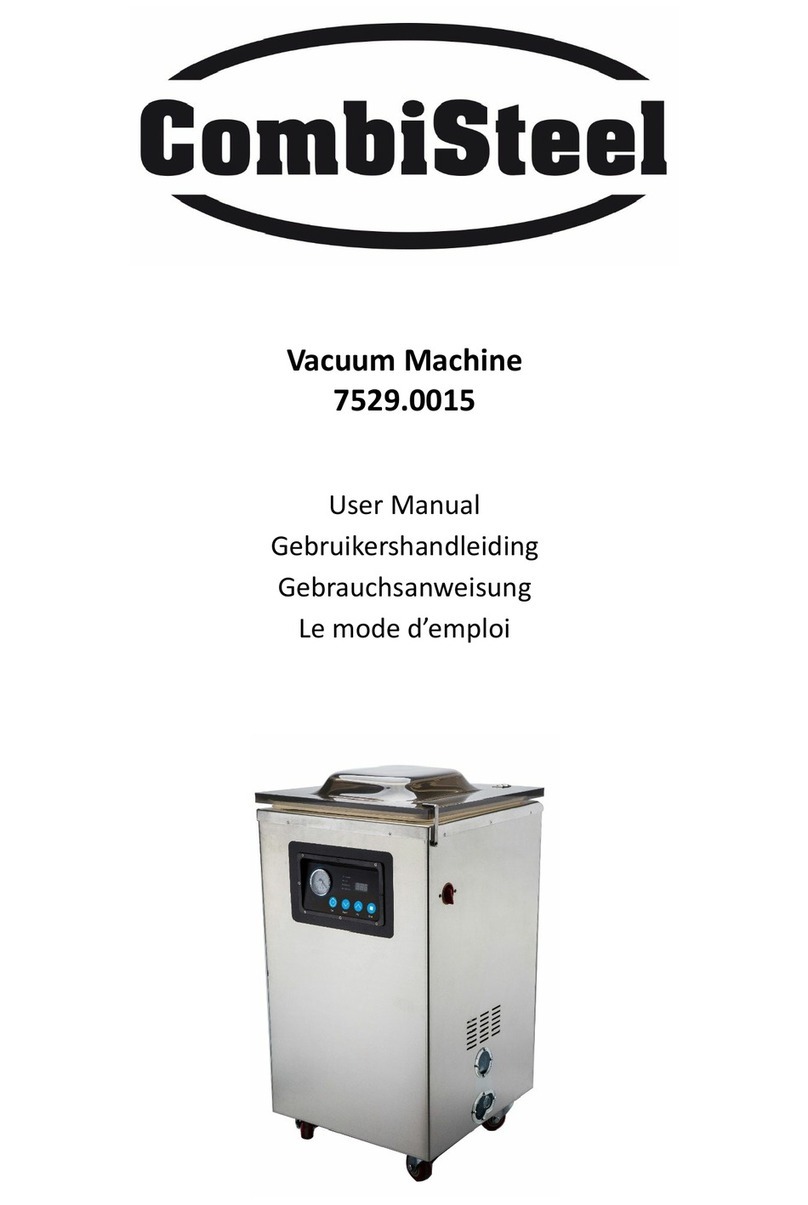EU declaration of conformity
(for the purposes of the EU machine directive 2006/42/EG)
We, ErgoPack Deutschland GmbH
Hanns-Martin-Schleyer Str. 21
89415 Lauingen
hereby declare, that the Ergonomic Pallet Strapping Systems type "ErgoPack
700X-Li, 713X-Li, 726X-Li, 745X-Li“, to which this declaration refers, complies with the
respective relevant and basic health and safety requirements of the EU directives
because of their concept, type of construction and the strapping systems we have
brought on to the market.
This declaration loses its validity if a change is made to the system without our
permission.
Respective
EU directives: EU Machine directive (2006/42/EG)
EU Guideline on electromagnetic compatibility
(2014/30/EU)
Applied standards EN 12100: 2010
EN 415-1: 2014
EN 415-8: 2008
EN 61000-4-3: 2006
EN 55011: 2016
Since strapping system: 0421HXXX/11505
Since year of manufacture: 2021
Lauingen, 27th of April, 2021
_________________________________
Karlheinz Arker
Technical Director
Authorised representative for publishing technical documentation:
ErgoPack Deutschland GmbH
Hanns-Martin-Schleyer-Str. 21
D-89415 Lauingen
Declaration of conformity
UK (Li)-3-
